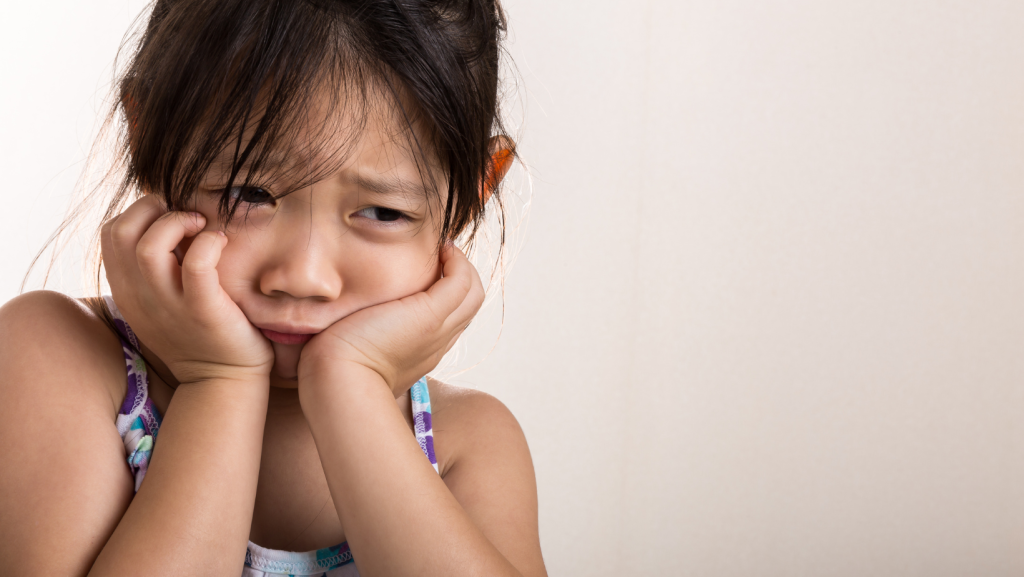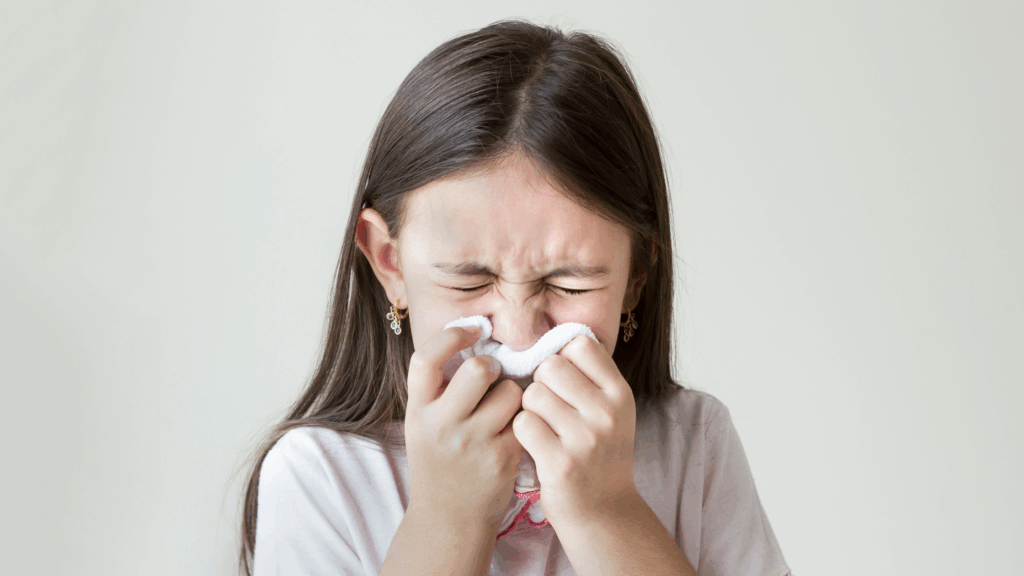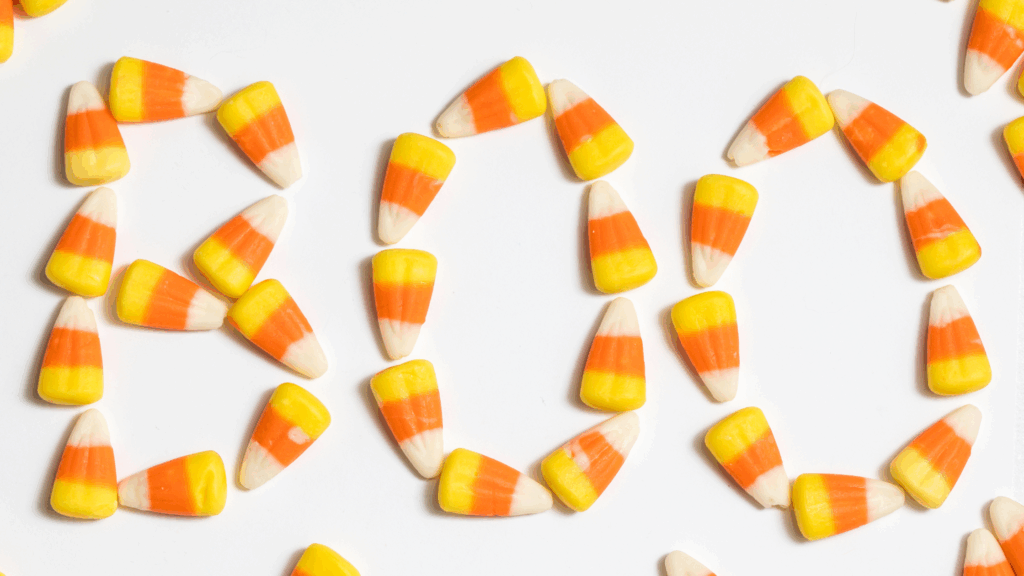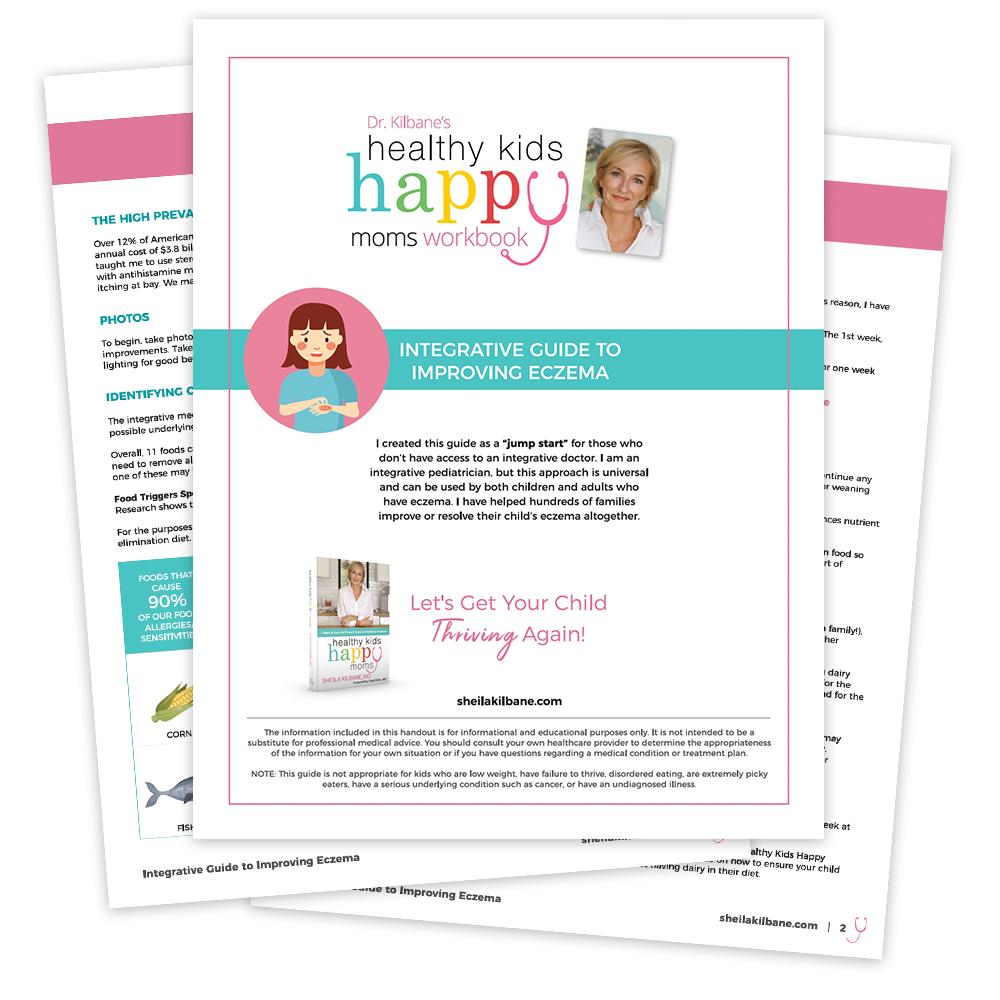RSV, or respiratory syncytial virus, typically starts in late fall and peaks in winter. As of October 2025, RSV activity is increasing in some parts of the country, and reports expect moderate RSV activity this year, similar to the 2024-2025 season.
RSV Symptoms
RSV is a common respiratory virus that causes symptoms similar to a cold.
This doesn’t discount the gravity of contracting the virus for those most at risk. While the virus is typically mild, it can cause more severe illnesses, such as bronchiolitis (inflammation of the small airways in the lungs) and pneumonia (infection of the lungs).
In the United States, RSV is the leading cause of infant hospitalization, and 2 out of 3 babies will get RSV by age one.
RSV symptoms include:
- Runny nose
- Decrease in appetite
- Cough, which may progress to wheezing
- Some may have a low-grade fever
Which Children Are Most at Risk for RSV?
- Children under 2 years old with congenital heart disease or chronic lung disease
- Children born prematurely (<35 weeks of gestation)
- Infants under 6 months
- Those with weakened immune systems
Very young babies may not show typical symptoms, instead, you may notice an increase in fussiness and irritability, not wanting to nurse or take a bottle, decreased activity, and apnea (pauses between breaths).
Each year in the United States, an estimated 58,000-80,000 children younger than 5 years old are hospitalized due to RSV infection.
Talk to your healthcare provider to see if your child qualifies for the RSV vaccine.
Why Did We See So Many RSV Cases in Prior Years?
While the virus is typically mild, RSV cases may have been higher or more severe in recent past seasons, like 2022, as we were no longer masking or social distancing due to the COVID-19 pandemic.
In addition, children born during the pandemic did not have the chance to build immunity to this virus. At the same time that RSV was on the rise, cases of other viral illnesses, such as the flu, were also increasing. That meant children may have gotten both viruses at the same time.
What to Look Out For with RSV
The typical (uncomplicated) course of RSV in healthy babies and toddlers:
- Look out for the common symptoms listed above
- RSV usually lasts for 3 to 7 days once symptoms start
- Symptoms often peak around day 3 and then begin to lessen
For the young, the old, or those with an underlying issue, the course of illness may vary greatly.
See your healthcare provider or go to an Urgent Care facility if you notice any of the following:
- Cough
- Wheezing, which can lead to trouble breathing. Signs of breathing difficulty:
- Fast breathing
- Head bobbing
- Flared nostrils
- Retractions
- Belly breathing
- Apnea (pauses between breaths)
- Dehydration. Signs of dehydration:
- Dry tongue and lips
- Decreased urination (urine also gets darker in color when it is more concentrated)
- Increased heart rate
- Refusing to drink or eat
- A marked decrease in activity
Simple RSV Prevention Strategies
Prevent the virus’s spread. Similar to the coronavirus, RSV is spread through droplets. When an infected person coughs or sneezes, it can enter the eyes, nose, or mouth of someone in close contact.
- Those infected are contagious for 2 to 8 days
- Survives on hands for about 30 minutes
- Survives on hard surfaces for several hours
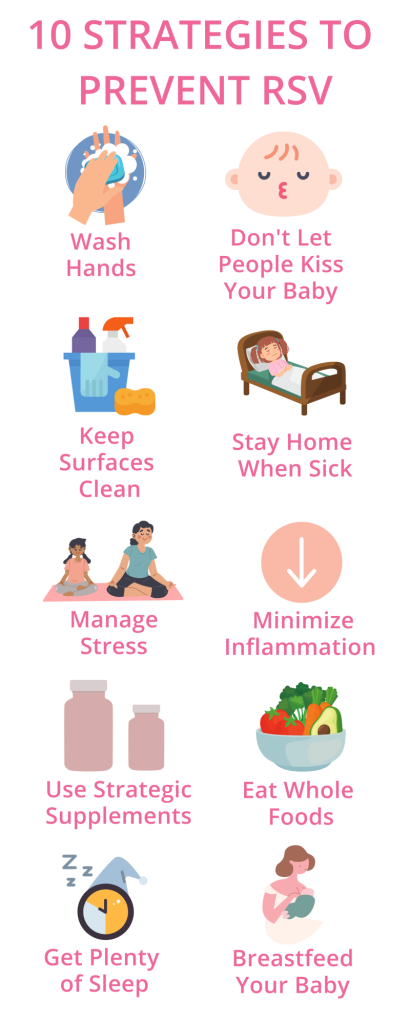
- Wash your hands often with soap and water for at least 20 seconds!
- Don’t let people kiss your baby! Avoid close contact with those who have cold symptoms
- Clean and disinfect surfaces and objects such as toys frequently
- Stay at home when you / your child is ill
- Sleep
- Get plenty of rest
- Manage stress using alternate nasal breathing
- SYNAGIS (Palivizumab)
- Synagis is an injectable medication that can be given to high-risk babies once a month during RSV season. Talk to your doctor if you think your baby might qualify.
- Breastfeeding has been shown to have a protective effect for infants with RSV bronchiolitis (lower hospitalization rates of infants diagnosed with RSV bronchiolitis).
- Whole Foods. Focus on feeding your child a whole-food diet, limit processed/packaged foods, avoid added sugar, and make water the only beverage option (kids should drink half their body weight in ounces per day!) Here’s my free seven-day mini-cleanse that will help you get started.
- Minimize systemic inflammation. When systemic inflammation is minimal, our cells function optimally, including the cells of our immune system. Minimal systemic inflammation supporting good health applies to kids and adults. This blog contains the basics about how to do this as it pertains to RSV, but if you’d like a deeper dive, I outline in my book, Healthy Kids Happy Moms – 7 Steps to Health and Prevent Common Childhood Illnesses, exactly how to do this.
Supplements to Help Prevent RSV
- Vitamin D (liquid or capsule)
- Maintain adequate levels of vitamin D for everyone in your household, including pregnant women.
- Vitamin D supplementation during pregnancy may be useful in preventing RSV during infancy.
- Vitamin D deficiency has been associated with an increased risk of RSV in the first year of life.
- Routine vitamin D supplementation to infants was associated with a reduced risk of respiratory tract infection, lower respiratory tract infection, and hospitalization for respiratory tract infection during the first 6 months of life, with the lowest risk found in infants receiving supplements 5–7 days/week.
- Zinc (capsules). Zinc has anti-viral properties and is important in defending against all respiratory viruses, including the flu and the coronavirus.
- Immunoglobulin (IgG) (capsules or powder). A number of studies suggest that bovine IgG or colostrum (from human breast milk) may prevent or lessen viral respiratory tract infections.
- Probiotics (like HKHM Plantadophilus, HKHM Spore Biotic IG, or HKHM Biome Protect) protect against RSV infection in neonatal mice. We need more research, but this study suggests that probiotics may be a promising candidate to prevent and treat RSV infection.
Tips to Treat RSV
While there is no “magic bullet” to cure RSV, we can provide symptom relief and support the immune system to fight off this pesky virus!
- To reduce congestion and thin out secretions:
- Use a saline nasal spray for kids up to 3 years old.
- Use Xlear for kids 4 years and older. Xlear is a nasal spray that contains saline, xylitol, and grapefruit seed extract that helps prevent viruses from adhering to the wall of the nasal mucosa.
- Use a bulb syringe or NoseFrida, the “snotsucker,” to suction your child’s nose.
- Supplement with HKHM PureZyme, an enzyme that helps to thin mucus secretions and lower inflammation.
- Keep your child hydrated:
- Offer water frequently, and do not worry about food if they don’t want to eat.
- To increase water intake, you may add an electrolyte replenisher such as Ultima (for kids 1 year and older).
- Use targeted supplements discussed above to support your child’s immune system throughout this season:
- Strategic supplements for acute viral illnesses.
- For specific dosing of supplements based on age, see our Infinite Health Integrative Supplement Guide.
References:
- https://www.cdc.gov/cfa-qualitative-assessments/php/data-research/season-outlook25-26.html
- https://www.cdc.gov/rsv/index.html
- https://www.charlotteobserver.com/news/local/know-your-704/article267879582.html
- https://pubmed.ncbi.nlm.nih.gov/21555499/
- https://onlinelibrary.wiley.com/doi/10.1111/mcn.12987
- https://link.springer.com/article/10.1007/s12011-021-02859-z
- https://publications.aap.org/pediatrics/article/149/1%20Meeting%20Abstracts%20February%202022/280/185980/Impact-of-Breastfeeding-on-the-Incidence-and
- https://www.ncbi.nlm.nih.gov/pmc/articles/PMC6024018/
- https://www.nature.com/articles/s41401-020-00573-5

